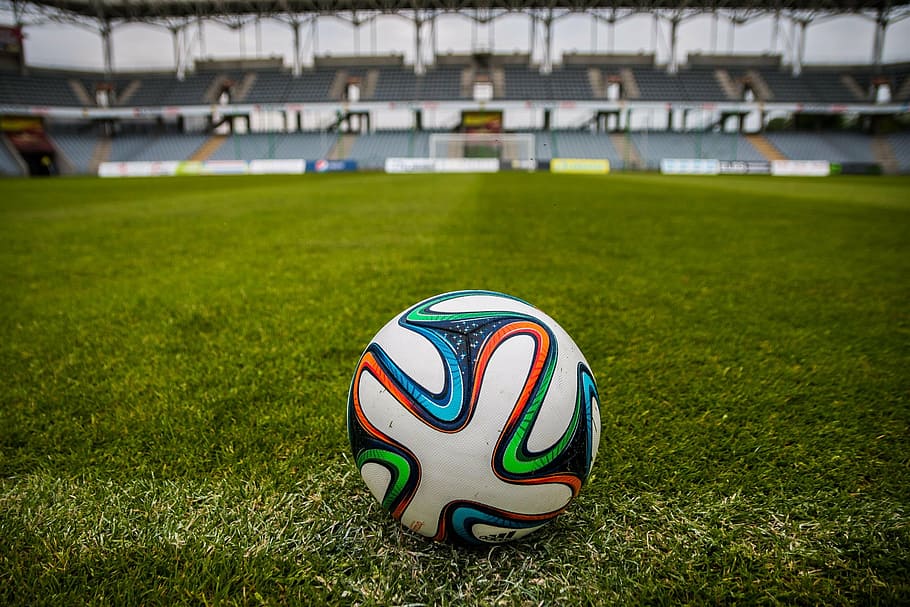On Nov. 28, Santa Clara County announced a temporary ban on all contact sports in the county, affecting professional teams, such as the San Francisco 49ers, and high school athletics. The ban came as a result of the recent surge in COVID-19 cases in the Bay Area and lasts for three weeks from its announcement, until Dec. 21.
As of Dec. 4, Santa Clara County announced a new stay-at-home mandate, closing down the entire county until Jan. 4, 2021, which could push back any potential starts for high school sports even further.
The latest guidance from the California Department of Public Health on Dec. 14 states that many high school sports will remain on hold until at least Jan. 25 as cases of the coronavirus continue to increase in the state. The start of sports will be in accordance with the state’s four-tier system for the spread of the coronavirus. High-contact sports such as football and soccer can only be played in counties that are in the orange, or moderate, tier. Santa Clara County is in the purple, or widespread, tier.
MHS Athletics Director Joanna Butcher said in an email interview that although no sports have currently started this year, many teams coordinate workouts together. “Team voluntary workouts are going to be taking a break until January with the suggestion of focusing on academics and to finish the semester strong,” Butcher said. “Some teams are having virtual suggested workouts to stay ‘in shape’ or take a mental pause and focus on their physical well being,” she continued.
The voluntary workouts by coaches and student athletes are done in-person, but strict guidelines are enforced, including the following: contact tracing and [COVID-19] symptom questions, temperature checks, face coverings, social distancing, specific entrance and exit protocols, and specific space for equipment, Butcher added. Athletes train in cohorts of no more than 12, which are consistent for 3-week periods before switching, she added.
“We have been in zero contact (no scrimmaging) sports through our workouts as we never moved away from the guidelines set in July,” Butcher said. “The order of opening up [is the] state allows youth sports to operate, [then the] county allows youth sports to operate, then the district will decide whether to allow youth sports to operate,” she continued. “There is also discussion about tiered reopening of sports based on the risk involved in sporting activities,” she added.
Of the aforementioned sports, badminton, baseball, basketball, golf, soccer, softball, swimming and diving, tennis, track and field, and wrestling will be part of the second season, according to the CIF. First season sports had start dates on Dec. 14, which will no longer be possible, but sports in the second season continue to have projected start dates in late February through March, according to a schoolwide email update sent by Butcher on Dec. 8.
“Unfortunately, there is quite a bit of vague information trickling down. My guess is that the CIF really would like to see youth sports back on track and don’t want to put out information that ends up … causing confusion for districts, parents, and athletes,” Butcher said.
Some sports teams may return during the second semester, Butcher said. The district and school administration, as well as the local community, are all very supportive of high school sports, and when the state and county decide it is safe to do so, MHS and the athletics department will take appropriate actions, she added.
“[I] am encouraging our coaches and athletes to remain positive that we will find a safe way for them to participate,” Butcher said. “I am trying to find as much information from various agencies to see what they feel works and didn’t work for them and use their experience to build a safe, healthy program for our athletes upon return,” she continued.

